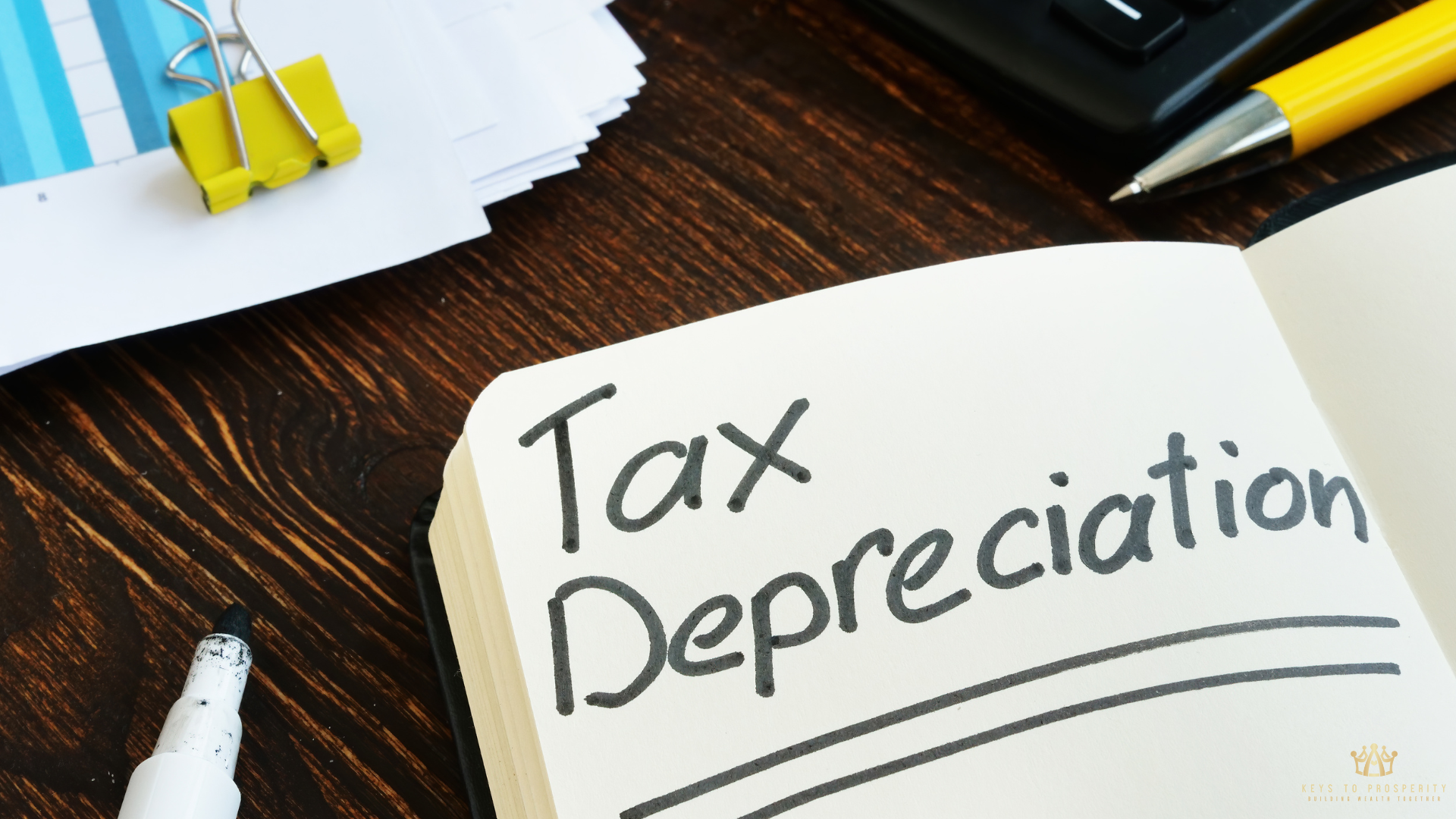Early 2025 brought mixed signals for the commercial real estate market. Transaction volume dipped significantly, down roughly 22% from the prior quarter and nearly 20% year-over-year, settling around $69 billion.
While some property types saw modest price increases per square foot, the overall slowdown in deal activity across all sectors was undeniable. This climate makes understanding new financial levers absolutely critical.
Enter the Big Beautiful Bill Act, signed into law on July 4th, 2025. The big beautiful bill impact on commercial real estate is already making waves—offering powerful tools just when the sector needs them most. From our experience, navigating complex tax shifts like these demands clear, actionable guidance that aligns with both short-term strategy and long-term ROI.
That’s precisely what this guide delivers: a breakdown of how this landmark legislation transforms tax incentives, depreciation rules, qualified business income deduction calculations, and specialized programs.
It empowers real estate investors, developers, and owners to optimize cash flow and strategy under the new tax rules.
Our recent piece explored advanced real estate tax strategies high income professionals can leverage. Following this guide, look for our deep dive into specific accredited investor tax benefits unlocked by recent changes.
For the most comprehensive view on this topic, check our post on big beautiful bill real estate investors benefits.
Short Summary
- Bonus Depreciation is Back: 100% immediate write-offs for qualified property acquired after Jan 19, 2025, including a new qualified production property deduction for manufacturing facilities.
- Bigger QBI Deduction: Permanent increase to 23% for eligible real estate businesses and electing real property trade operations, lowering taxable income.
- Interest Expense Relief: Reinstatement of EBITDA-based adjusted taxable income eases business interest expense limitation rules, aiding cash flow.
- Enhanced Housing Incentives: Reduced bond financing threshold (50% to 25%) boosts low income housing tax credit feasibility for affordable housing development.
- Opportunity Zones Permanent: Qualified opportunity zone program gains permanence with enhanced capital gain deferral via qualified opportunity funds.
- Timeline Critical: Most changes apply to tax years beginning after December 31, 2025. Plan now!
Big Beautiful Bill Impact on Commercial Real Estate: Game-Changing Tax Reform Explained
This isn’t just another tax update. The One Big Beautiful Bill Act, signed into law on July 4, 2025, fundamentally reshapes the landscape for commercial real estate. It breathes new life into core provisions from the original Jobs Act, offering stability many thought was gone.
Legislative Foundation & Timeline
Most changes kick in for tax years beginning after December 31, 2025. That means planning now is non-negotiable. Think of it as a runway to optimize structures before the rules fully apply.
The final bill specifically targets relief for real estate businesses and pass through entity owners: your LLCs, S-corps, and partnerships.
Who Wins Big?
- Real estate investors holding properties through pass-throughs.
- Developers tackling new projects or renovations.
- REITs and their taxable REIT subsidiaries navigating complex rules.
The Core Game Changers
The Act zeroes in on three areas with massive significant impact:.
For instance, a client group structured as an LLC (pass through entity) developing mixed-use space can now better forecast taxable income thanks to clearer tax rules on deductions.
Timing asset purchases and entity choices just got way more strategic. Don’t sleep on this window!
Bonus Depreciation And Section 179 Expansion: Immediate Write-Offs For Real Estate Assets
Get ready for powerful upfront deductions. The Big Beautiful Bill Act supercharges write-offs, putting cash back into projects faster. This is huge for cash flow and project feasibility.
100% Bonus Depreciation Is Back (With A Twist!)
Acquire qualified property after January 19, 2025? You likely get 100% bonus depreciation. This covers typical tangible personal property like HVAC units, appliances, and even specialized refining tangible personal property.
But the real showstopper is the new qualified production property deduction. It allows 100% write-offs for nonresidential real property integral to manufacturing facilities.
Think specialized flooring, electrical systems, or reinforced structures. That’s unprecedented for bricks-and-mortar!
Section 179 Gets A Big Raise
The expensing limit jumps from $1.22 million to a hefty $2.5 million. The phase out threshold also climbs significantly, starting at $4 million in total equipment purchases. This is perfect for smaller projects or filling gaps in larger ones.
Smart Timing Is Everything
Coordinating placed in service dates is critical. You need to align asset readiness with your tax year beginning to maximize both deductible interest and depreciation.
Consider this: A developer finishes tenant improvements (tangible personal property) in a new warehouse (nonresidential real property) on December 15, 2025.
If their tax year begins January 1, 2026, they potentially get 100% bonus on the TPP and might utilize the new qualified production property deduction on the building shell if used for assembly.
That’s a massive tax burden reduction upfront. Always consult your tax pro on timing. It’s worth its weight in gold.
Enhanced Business Income Benefits: Qualified Business Income Deduction And Interest Expense Relief
This section delivers serious wins for profitability. The Act boosts key deductions and eases restrictions, putting more money back into real estate businesses and owners’ pockets. Let’s break down the major upgrades.
A Bigger Slice of the Pie: The QBI Jump
The qualified business income deduction just got sweeter. For electing real property trade operations and most real estate businesses, it’s permanently increased from 20% to 23%.
This directly lowers your taxable income. Think of it as an automatic discount on your tax burden for qualified activities. For active investors and developers operating as pass through entity structures, this is cash flow gold.
Breathing Room On Interest Costs
Remember the headaches with the business interest expense limitation? Relief is here. The law reinstates using EBITDA (earnings before interest, taxes, depreciation, and amortization) for calculating adjusted taxable income.
This change significantly raises the threshold before limitations kick in. It means many more real estate owners, especially those with development loans or leveraged properties, can fully deduct their interest expense. This is crucial for cash flow optimization.
Who Benefits Most?
- Small business owners managing tighter margins.
- Investors navigating excess business losses under prior rules.
- Taxable REIT subsidiaries (TRS) dealing with significant interest deductions. The revised business interest expense rules make TRS structures more efficient.
- Any real estate investors or developers using debt strategically.
Imagine a group of investors running apartment renovations through an S-corp. Their project financing creates high interest deductions. Under the old rules, they hit the limit.
Now, with EBITDA-based adjusted taxable income, they likely deduct all that interest, freeing up substantial cash flow for the next project. Smart planning just got easier.
Specialized Real Estate Programs: Housing Credits And Investment Incentives Under New Tax Rules
The Act reshapes key incentive programs, creating new opportunities (and some shifts) in affordable housing, opportunity zones, and rural investments. Understanding these nuances is vital for targeted strategies.
Affordable Housing Gets A Boost
Developing affordable housing just became more feasible. The low income housing tax credit (LIHTC) program sees a key modification: the bond financing threshold is reduced from 50% to just 25%.
This means projects need far less financing from tax exempt bonds to qualify for valuable 4% credits. Expect more affordable housing development, especially in low income communities. This change helps bridge financing gaps efficiently.
Opportunity Zones: Here To Stay & Improved
Uncertainty around the qualified opportunity zone program ends. It’s now permanent! Plus, benefits for capital gain deferrals through qualified opportunity funds (QOFs) are enhanced.
This solidifies OZs as a long-term strategy for real estate investors looking to recycle gains into community development. Deferred gains get better treatment under the extended timeline.
Expanding Reach: Rural And Community Investments
The New Markets Tax Credit (NMTC) program receives a welcome extension, continuing vital funding for projects in struggling areas.
A new category emerges: Qualified Rural Opportunity Funds. These target investments specifically in low income communities within rural areas, offering fresh capital sources for underserved markets.
Energy Incentives Shift
Be aware: the Act phases out certain clean energy tax incentives. This particularly impacts investments in energy storage technology and manufacturing facilities utilizing these credits.
Also, new restrictions limit participation by foreign investors in claiming remaining energy tax credits. Due diligence is key here.
Consider a developer aiming to convert an old factory into affordable lofts. The reduced bond financing threshold makes securing the essential low income housing tax credit much more achievable.
Combine this with potential OZ benefits if the site qualifies, and the project’s financial viability skyrockets. Always check the latest tax rules for these specialized programs!
Final Thoughts
The Big Beautiful Bill Act fundamentally reshapes commercial real estate finance starting in 2026. These changes offer real leverage: sharper deductions, clearer paths for incentives, and meaningful cash flow advantages.
Don’t wait. Now’s the time to review your assets, entity structures, and project timelines with your tax advisor. Smart planning before December 31, 2025, unlocks the biggest benefits. Got questions on how this impacts your portfolio?
Explore more deep dives like our post on big beautiful bill real estate investors benefits, right on our homepage. Let’s navigate this new landscape together!






